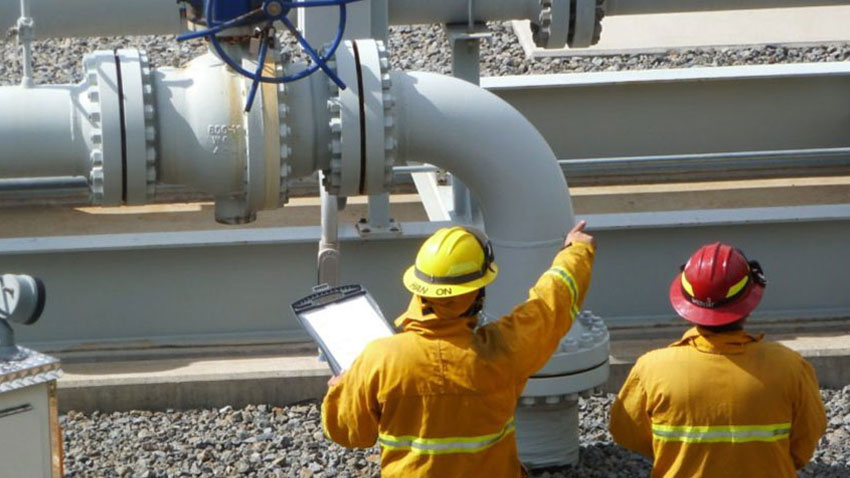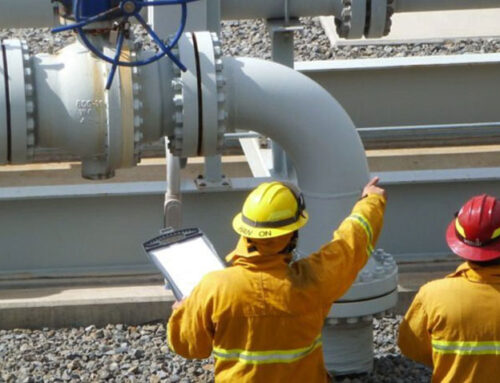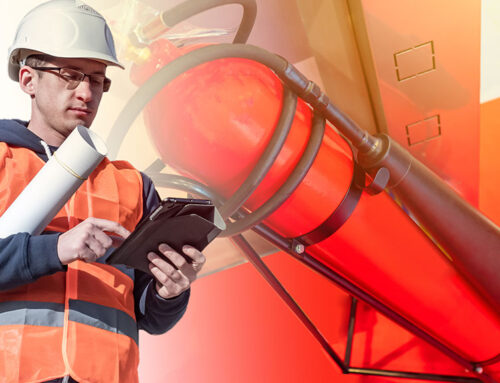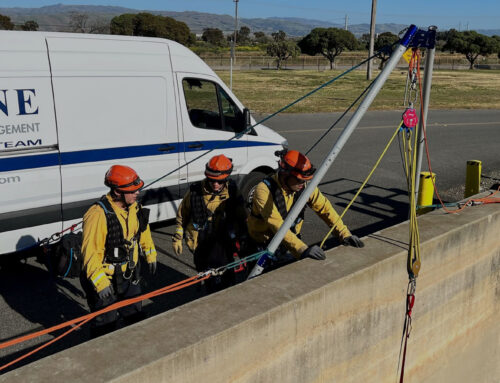Traditional work environment hazards can be difficult to identify and assess in the workplace. However, by understanding common work environment hazards, you’ll be better able to identify potential risks and take necessary action to mitigate them. Workplace hazards can be caused by various external factors such as danger from chemicals, radiation, environmental hazards, and improper maintenance. If left unchecked, they can have serious consequences for workers. Below are 5 common hazards identified in hazard assessments in work sites.
Hazards From Chemicals
One of the most common workplace hazards is exposure to chemicals. Chemicals are often present in the air, or as deposits on the ground. Check the chemicals in your workplace and wear appropriate protective clothing against the hazards they provide. As with other hazards, the manner and extent of exposure determine the threat’s seriousness. Unfortunately, exposure to chemicals can have a significant, long-term effect on your health. In some cases, the hazards can be obvious such as exposure to fumes from a garage, oil field, or construction site. However, for many people, the hazards from chemicals are subtle unless you investigate them.
Biological Hazards Such as Exposure to Blood
Biological hazards can be challenging to identify and assess, but they are still a significant threat to workers. These hazards can occur when you’re handling blood or samples from the body, such as from an injury or a blood draw. If you’re not careful, you might touch a drop of blood or a wound on your body can come into contact with it. Also, biological hazards, such as contaminated water and air, can occur naturally. Be careful when in contact with water or air that could be contaminated with bacteria, as you could get sick from the consumption of contaminated water or breathing in contaminated air.
Falling Hazards Such as Scaffolding
Scaffolding is one of the most significant hazards found in construction. It can fall or come loose at any time, causing injury or even death to workers. Make sure the scaffolding you use can support the conditions required by the job site. Although most scaffoldings are designed to support workers safely, not all scaffolds are equipped with safety straps. In this case, you could be putting yourself in danger by failing to ensure that you and your team are safely secured. Check the safety rating for your specific scaffoldings and ensure that the fasteners used are approved for use on scaffolds.
Falling Objects Such as Light Bulbs and Power Tools
All workplaces are impacted by objects that may fall from the sky or drop from the ceiling. These can include light bulbs, fans, computers, and any other hanging object or building material. When a component, especially a light bulb, is not supported by some object, it’s called a flying object. Flying objects can fall from the sky and cause severe harm or death to workers. Erect warning signs at all heights within the building to reduce the risk of falling objects in the workplace. Ensure that a safe distance is kept from objects that are not actively being supported, and enforce hard hats in areas where they are necessary.
Fire Hazards in A Kitchen
Kitchen fires are a severe fire risk in any setting. Kitchens are often considered ‘fire-free zones’. However, faulty building practices, cooking, and smoking in a kitchen can all lead to potential fires. Kitchen fires can spread quickly through grease, wood, and trash. These hazards can be minimized in a professional kitchen using and maintaining high-quality equipment, approved recipes, and following all fire codes.
Workplaces are often designed and configured without regard for the health and safety of employees. Although hazards can and do occur in workplaces, it’s essential to identify them and take steps to address them. With the implementation of new safety rules and regulations, you can reduce the likelihood of being exposed to workplace hazards.
Workplace hazards can lead to devastating consequences for your workforce and those around them. Capstone Fire is an excellent resource to learn about what possible practices could be dangerous in your workplace and correct them in the process.




